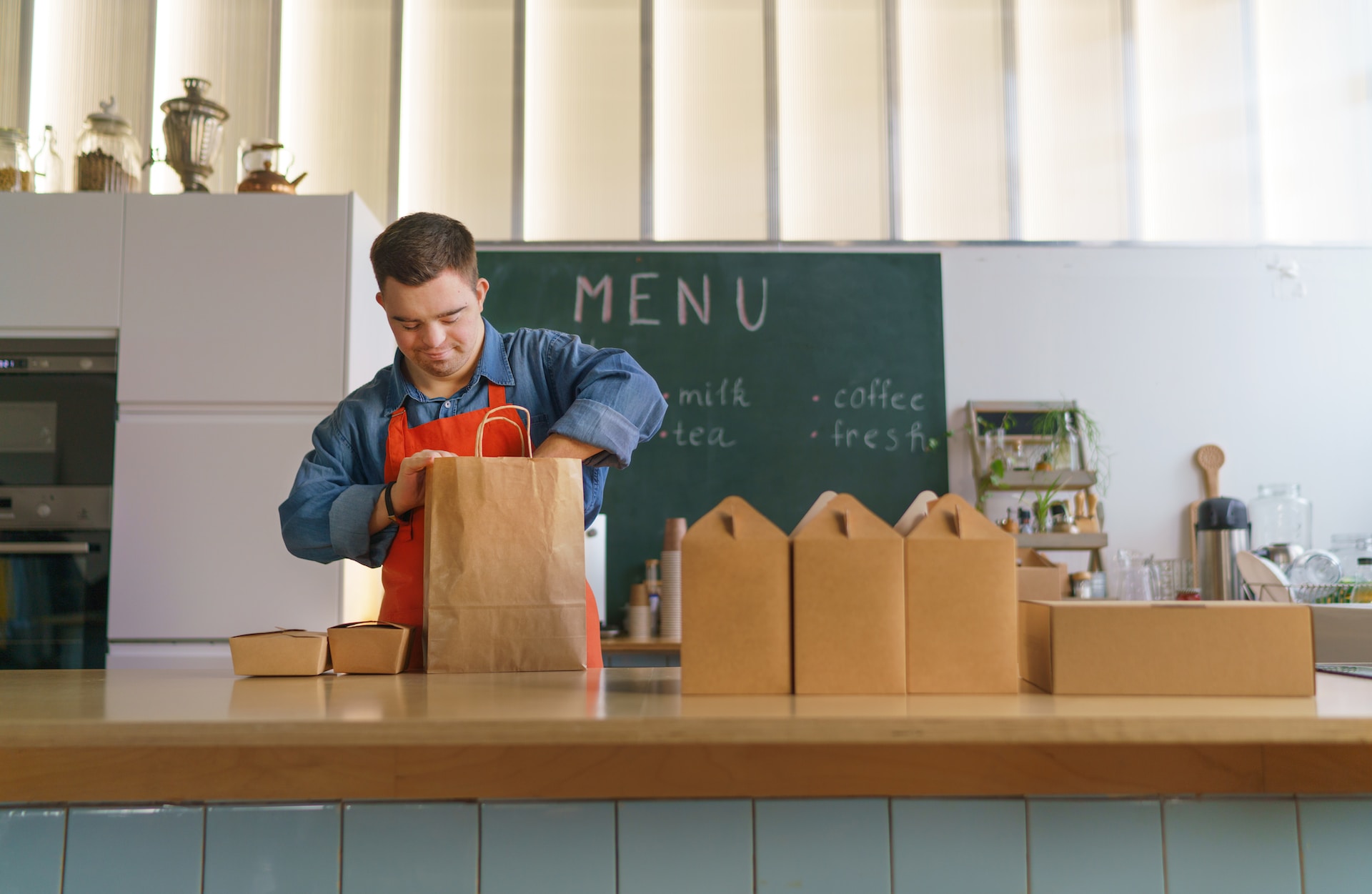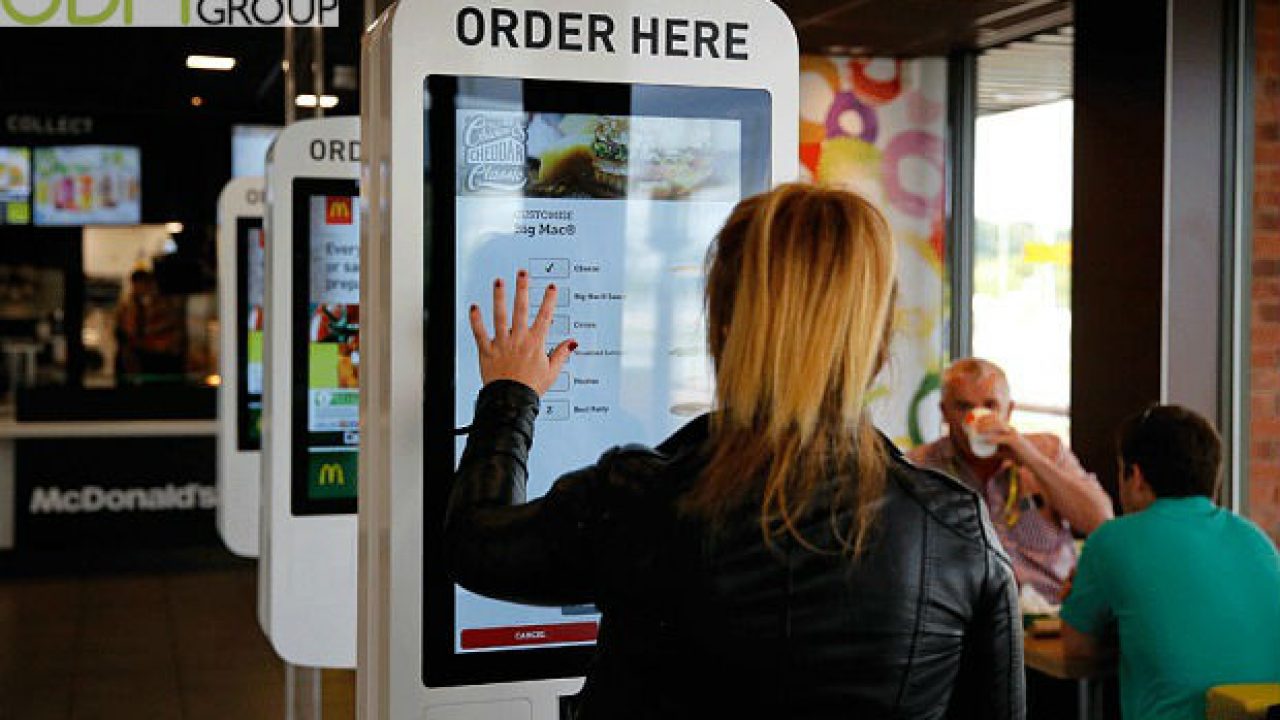Restaurants are progressively adjusting their operations in response to the ever-changing demands of their customers. One notable advancement in the industry has been the implementation of online ordering systems, allowing customers to conveniently place food orders through a streamlined digital interface. Effective promotion is crucial for the success of a recently implemented online ordering system in your restaurant.
A growing number of restaurants are using online ordering systems as a means to improve customer service, increase profits, and expand their businesses. By integrating an online ordering system into their app or website, restaurants may provide their customers the option of ordering meals from anywhere and having it delivered to their door. Having an online meal ordering system is beneficial not only for your clients’ convenience but also for your business.
having an online ordering system for your restaurant is no longer a luxury, but a necessity. With various options available in the UK, restaurants can choose between third-party platforms and personalized systems tailored to their brand. Here’s a breakdown of these options:
(A) Third-party apps
Using third-party apps has rapidly become one of the most popular avenues for restaurants to tap into the burgeoning online ordering market. These platforms offer a turnkey solution for establishments that might not have the resources or expertise to build and promote their own ordering systems from scratch. By listing on these platforms, restaurants gain immediate access to a wide audience, effectively sidestepping the challenges of digital marketing and customer acquisition in the increasingly crowded online space.
However, while third-party apps can be a boon, especially for smaller or newer establishments, they are not without their challenges. The fees associated with these platforms can sometimes eat into profit margins, making it imperative for restaurants to monitor their ROI carefully. Furthermore, while the increased visibility is beneficial, there’s a potential trade-off in terms of branding and direct customer relationships. Restaurants might find themselves competing more on price than on unique selling points, making differentiation more challenging in a densely populated platform. Balancing these pros and cons is key to leveraging third-party apps effectively.

1. Deliveroo

- Overview: One of the UK’s leading food delivery services, Deliveroo partners with thousands of restaurants, from local favourites to established chains.
- Pros:
- High Visibility: Being on Deliveroo can introduce your restaurant to a large customer base.
- Logistical Support: Deliveroo handles the delivery, relieving restaurants of the delivery logistics.
- Promotional Opportunities: Restaurants can participate in promotional events, giving them greater exposure.
- Cons:
- Fees: Deliveroo charges commission fees which can affect profit margins.
- Less Branding: Your restaurant is one among many, so there’s less emphasis on your unique brand identity.
2. Just Eat
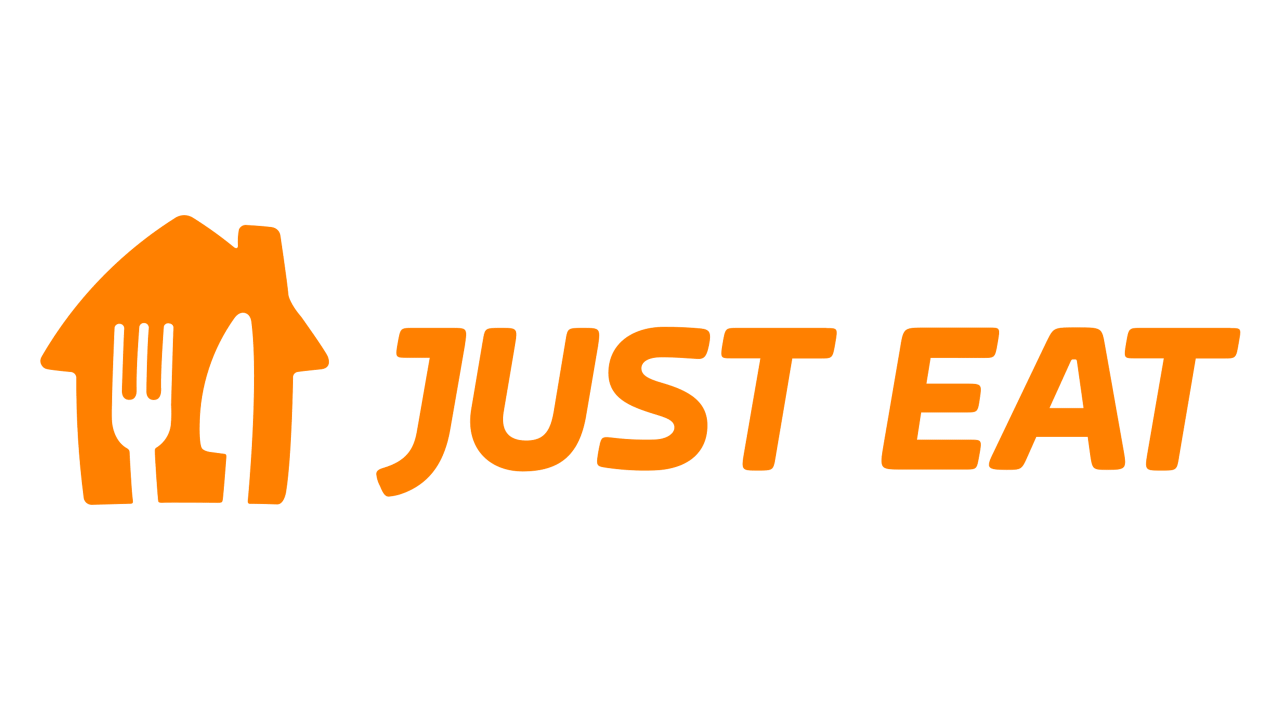
- Overview: A favourite in the UK, Just Eat connects customers with a variety of food establishments.
- Pros:
- Diverse Audience: From takeaways to fine dining, Just Eat caters to a wide range of food preferences.
- Flexible Delivery: Restaurants can choose to use Just Eat’s drivers or their own.
- Marketing Support: Opportunities for sponsored listings and local advertising.
- Cons:
- Fees: Commission rates apply for each order, impacting overall revenues.
- Competition: The platform hosts a vast number of restaurants, making it essential to stand out.
3. Uber Eats
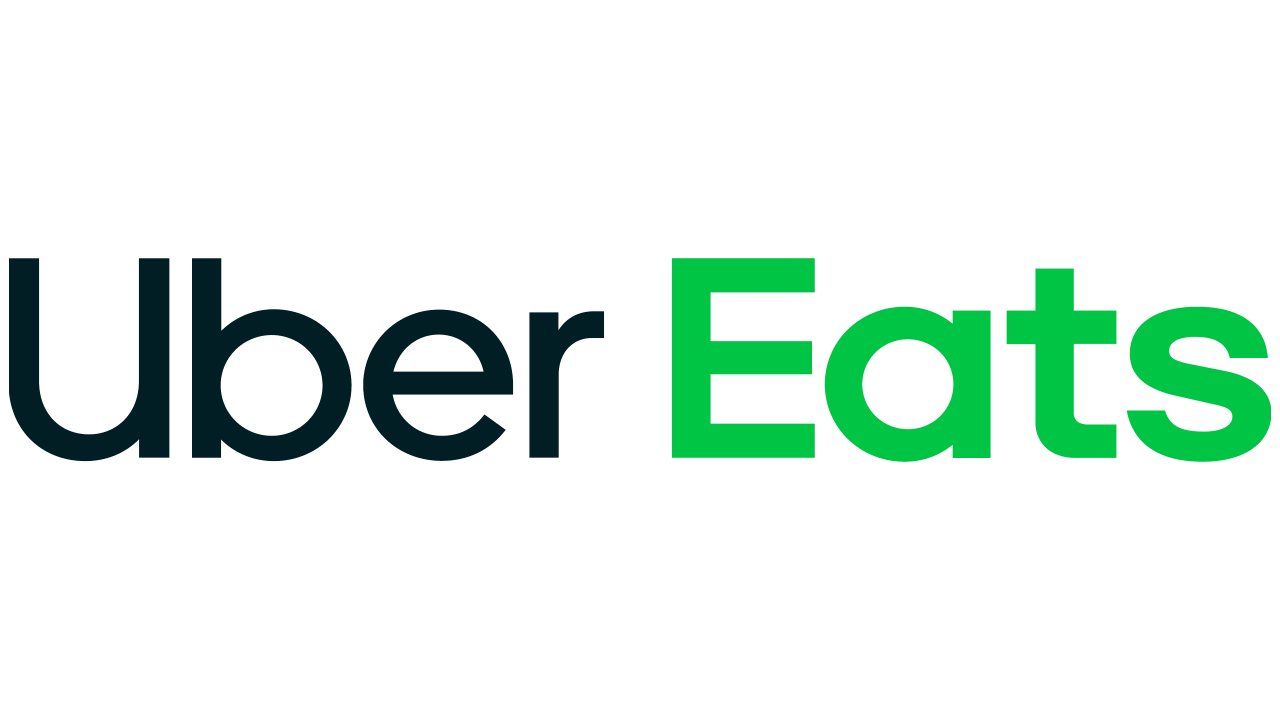
- Overview: A global name, Uber Eats offers delivery from a multitude of restaurants.
- Pros:
- Efficient Delivery: Leveraging Uber’s vast network ensures timely deliveries.
- Regular Promotions: Featured listings and discounts can boost sales.
- Integration: Possible to integrate with existing POS systems.
- Cons:
- Commission Fees: Can be higher compared to other platforms.
- Global Focus: Being a global app, there might be less focus on localised promotions.
(B) Personalized online ordering systems
For many restaurants, transitioning to personalized online ordering systems represents a significant strategic shift, emphasizing a direct relationship with their customers. These systems offer an unmediated channel to their clientele, ensuring the brand voice remains undiluted and distinct. By bypassing third-party platforms, restaurants can create a tailored ordering experience, reflecting the essence of their brand at every touchpoint. This includes everything from menu presentation, order customization options, to post-order communications. All of these can be refined to echo the restaurant’s ethos and values, offering a cohesive brand experience that is often not feasible on generic platforms.
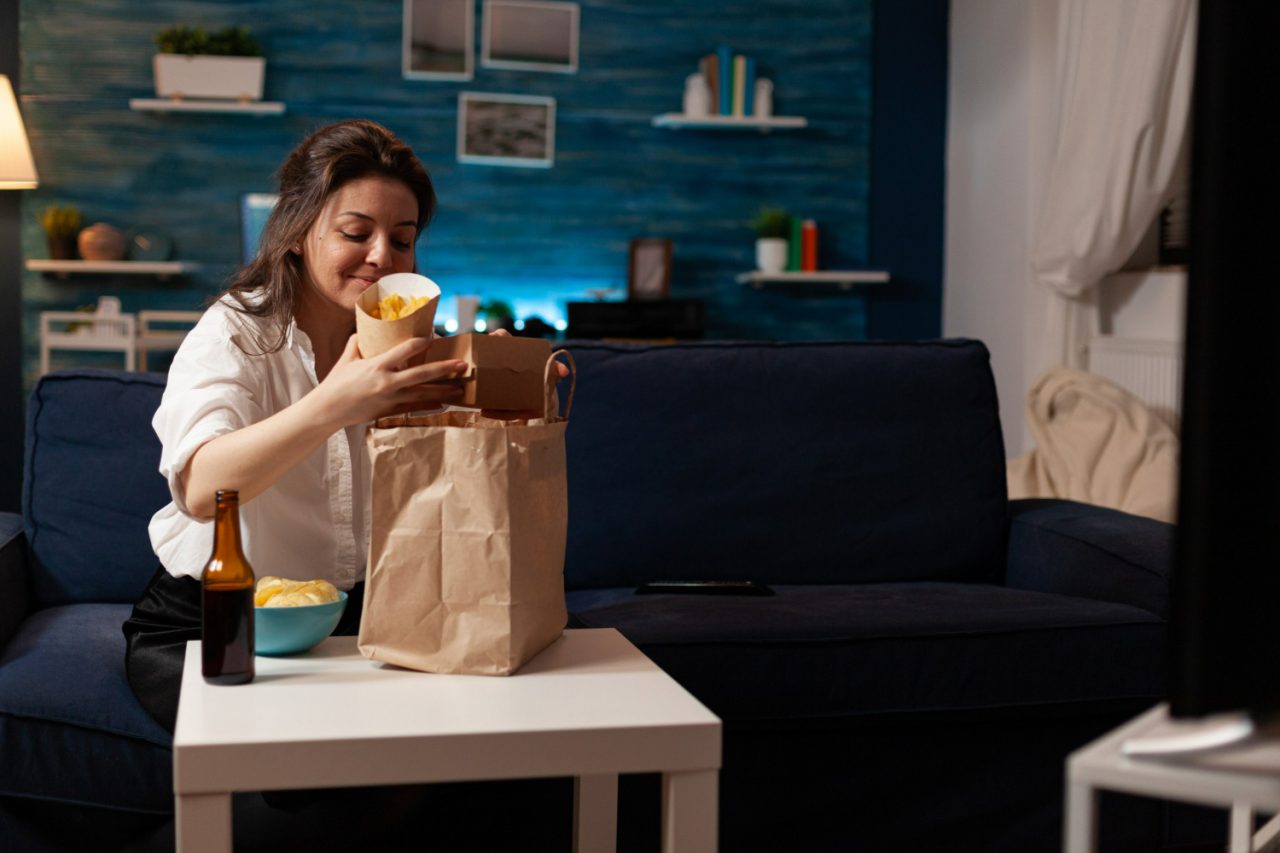
However, while the allure of brand control and direct customer engagement is strong, it’s essential for restaurants to be prepared for the challenges that come with it. This route demands a commitment not only in terms of financial investment but also in terms of time and resources. Implementing, maintaining, and continually updating a personalized online system can be resource-intensive. It requires a robust back-end infrastructure, a user-friendly interface, and constant tech support to ensure smooth operations. Additionally, while avoiding third-party fees is a significant advantage, restaurants must be proactive in driving traffic to their platforms, which could necessitate investments in marketing and promotions. Balancing the potential gains against these commitments is crucial when considering this approach.
Discover Grafterr – The Future of Restaurant Online Ordering!
Step into the new age of dining with Grafterr’s online ordering system. Tailored specifically for discerning restaurants, our platform seamlessly integrates with your brand, offering an unparalleled user experience. Elevate your restaurant’s digital presence and keep your profits where they belong – with you.
Choose Grafterr, and serve up success on your terms.
1. Restaurant website
- Overview: Integrating an ordering system directly into your restaurant’s website.
- Pros:
- Full Control: Set your menus, prices, and promotions without external interference.
- Brand Loyalty: Direct interactions with customers can enhance loyalty and repeat business.
- No Commission: All revenues stay within the business.
- Cons:
- Self-Promotion: You’ll need to drive traffic to your site, which may require marketing investment.
- Logistics: Need to manage delivery or pick-up logistics independently.
2. Branded mobile app
- Overview: A personalized mobile application for customers to order directly.
- Pros:
- Customer Engagement: Push notifications can inform customers of deals and updates.
- Loyalty Programs: Integrate loyalty rewards within the app to encourage repeat orders.
- Tailored Experience: Customize the user experience to reflect your brand’s ethos.
- Cons:
- Development Costs: Initial investment required for app development.
- Maintenance: Regular updates and tech support are essential to keep the app running smoothly.
Moving forward…
Before you can promote your new system, it’s essential to understand its unique selling points (USPs). Does it offer real-time order tracking? Are there exclusive online-only deals? Or perhaps, a user-friendly interface that enhances the customer experience? Recognizing these USPs will help you highlight them in your promotional materials.
Leverage your restaurant’s physical space
Your in-house customers should be the first to know about your new system. Use table tents, posters, and billboards in high-traffic areas of your restaurant to advertise your new online ordering feature. Your staff can also play a pivotal role. Train them to inform customers about the benefits of the online ordering system during their interactions.
Utilize your restaurant’s website
Your website is one of the primary touchpoints customers will have with your restaurant online. Ensure that the online ordering feature is prominently displayed on the homepage. Consider using pop-up banners or dedicated sections to highlight its introduction and benefits.
Embrace email marketing
Sending out emails to your existing customers can be an effective way to promote your new feature. Craft an engaging email detailing the benefits of online ordering and perhaps offer an exclusive discount for first-time online orders.
Engage on social media
Social media platforms like Instagram, Facebook, and Twitter can be invaluable for restaurant promotions. Share behind-the-scenes glimpses of your team processing online orders, create engaging videos demonstrating how the system works, or host giveaways to encourage users to try out your new service.
Offer online-exclusive promotions
One way to drive customers to use your online ordering system is to offer exclusive deals they won’t find elsewhere. For instance, you can provide a special discount for the first order placed online or bundle deals available only for online orders.
Collaborate with influencers and bloggers
Local food bloggers and influencers have a vast and dedicated audience who trust their opinions. Partnering with them can help promote your online ordering system to a broader audience. In exchange for a review or a post, you can offer them a free meal or an exclusive discount.
Optimize for mobile users
Given that many customers will access your online ordering system via their smartphones, ensure your website is mobile-optimized. A seamless mobile experience can significantly boost the number of orders placed.
Collect and showcase customer testimonials
Positive reviews and testimonials can act as social proof, encouraging more customers to use your online ordering system. Request your regular patrons to write testimonials and feature them prominently on your website and social media channels.
Implement a loyalty program
A well-structured loyalty program can encourage repeat orders. Customers could earn points for every online order, which can be redeemed for discounts or free items. This not only promotes your online system but also increases customer retention.
Opt for paid advertising
To reach a larger audience quickly, consider investing in paid advertising. Platforms like Google AdWords and Facebook Ads allow for targeted advertising, ensuring that your ads reach your desired audience. Highlight the advantages of your online ordering system in these ads to entice potential customers.
Engage with the community
Local community events, farmers’ markets, or food festivals can be ideal platforms to promote your restaurant’s online ordering system. Set up a stall, offer samples, and provide demos of how your system works to engage with potential customers directly.
Conclusion
Incorporating an online ordering system is a significant step forward for any restaurant. However, its success depends largely on effective promotion. By using a combination of traditional marketing methods and leveraging digital platforms, you can ensure that your new system receives the attention it deserves and becomes an integral part of your restaurant’s operations. Remember, it’s all about convenience for the customer, so make sure your promotional strategies highlight this aspect above all.
